Fall annuals are a beautiful way to offer nectar and energy to our migrating pollinators. Following a few simple tips, you can enjoy a bounty of blooms for both you and our local wildlife to enjoy!
Choose the right annuals for the right time of year. Annuals are grown and appreciated for their colorful and showy bloom displays for a short period of time. Annuals are changed out of garden beds and pots each season to provide a fresh, new, vibrant look to your home and landscape. For those gardeners who can’t stand a bare spot or bare pot in their landscapes while waiting for the weather to change, warm weather annuals are sometimes chosen to transition in between seasons.
Keep in mind that there are definitely some annuals that need to stick to the seasons that they are truly adapted to. It’s also worth noting that annuals are showiest and most beautiful when planted at the right time, and when they are not being stressed to perform past their abilities.
Planting Times for Fall Annuals in San Antonio
1. Transplants of warm-weather fall annuals to plant late August are: Marigolds, Mari-mum, Petunia, Zinnia (Remember that any plantings during the heat of summer will need a little extra attention to make sure that they don’t dry out faster than normal.)
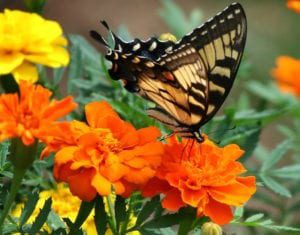

Fall Marigolds


Zinnia (Narrowleaf)
2. Transplants of fall annuals to plant around second week of September (as long as the weather is cooling a bit) are: Dianthus, Calendula, and Snapdragons. These are great transistional fall annuals.
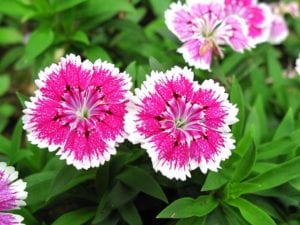

Dianthus
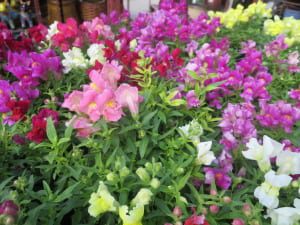

Snapdragons
3. Transplants of cold-weather fall annuals to plant when nighttime temperatures are consistently mid 60° or cooler are: Pansies, Johnny Jump Ups (violas), Cyclamen, Ornamental Cabbage and Kale. You know it won’t get cold in San Antonio for awhile, so even if you see these annuals in the garden centers, do not buy them yet. One hot fall day and these plants will melt like waxed crayons left in the backseat of a hot car!


Pansies (Wait for consistent cool weather.)
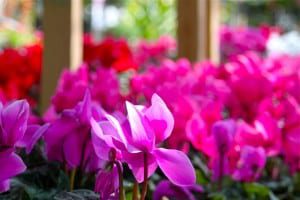

Cyclamen (Needs to be cold to plant these.)
Prepare for planting your fall annuals. One of the worst things you can do is think you can just buy a bunch of annuals, dig a few holes, plop the plants in and hope for the best. Take the time to create a bed designated for annuals.
-Most annuals need some sun exposure for bloom production, so find a site that can accommodate. (Make sure you know how many hours of sun exposure your site receives all throughout the day and then choose your annuals according to their light requirements)
-Choose a well-draining site for your annual beds and remove any competing weeds. It is recommended to raise beds a minimum of 4” to 6” to help with necessary drainage. (You can do this by adding quality garden soil and compost).
-Even if you do not raise your beds, you need to add 3” to 4” of organic compost and mix it down to a soil depth of 12” for a great start. (50% organic matter is even better!) If you are only planting in containers, choose a high-quality potting soil like FoxFarm Happy Frog Potting Soil or FoxFarm Ocean Forest Potting Soil.
-Mix some organic fertilizer, like FoxFarm Happy Frog Fruit & Flower, or Espoma Bio-Tone Starter, throughout the soil. This really charges up your soil and your annuals will take off like gangbusters! The labels of your fertilizer bags will indicate how much to apply according to the size of your beds or pots.
Don’t plant fall annuals in dry soil. The ideal environment for annuals to be planted in is moist. Your garden beds (or pots) should be planted a day or two after you have watered the soil in your planting area thoroughly. I know it seems weird to water soil with nothing in it but it will start your annuals off on the right foot by ensuring they are able to root themselves well.
Your transplants also need to be watered thoroughly before planting. Skip these steps and you might be greeted with a shriveled, dried, and dead plant by the end of the week.
Plant your fall annuals at the correct height and space. Dig a hole slightly wider than the rootball of the transplant. Set transplant in the hole at the same soil level (or slightly higher than) it has already been growing. (Planting your transplants too deeply into the hole can cause rootrot and death.) Give annuals the spacing that is recommended on the plant’s label to ensure adequate room for mature growth and proper air circulation.
Water and feed your fall annuals consistently. Immediately after planting your fall annuals, water them in with some water-soluble fertilizer like FoxFarm Big Bloom or Medina Hasta Gro, and then water the entire bed thoroughly.
-Your fall annuals will need consistent water to get them established, especially if planted in late summer when fall rains have yet to arrive. However, deep and infrequent watering is usually better than frequent, shallow watering as the former encourages deep root growth.
-Checking the soil for moisture is the best way to know if your annuals need a drink or not. Stick your finger into the soil to a depth of 2” to 3”. If dry, water. If moist, don’t.
-Fertilize your fall annuals every 3 to 6 weeks with a water soluble fertilizer (Medina Hasta Gro, or FoxFarm Big Bloom for example), or one to two times during the growing season with a slow-release granular fertilizer (FoxFarm Happy Frog Fruit & Flower), to encourage gorgeous blooms throughout the entire season.
Here’s an extra Happy Gardener tip: Planting perennials along with annuals allows you to have a revolving door of color all year long.
Fall is for planting, y’all!
~The Happy Gardener, Lisa Mulroy

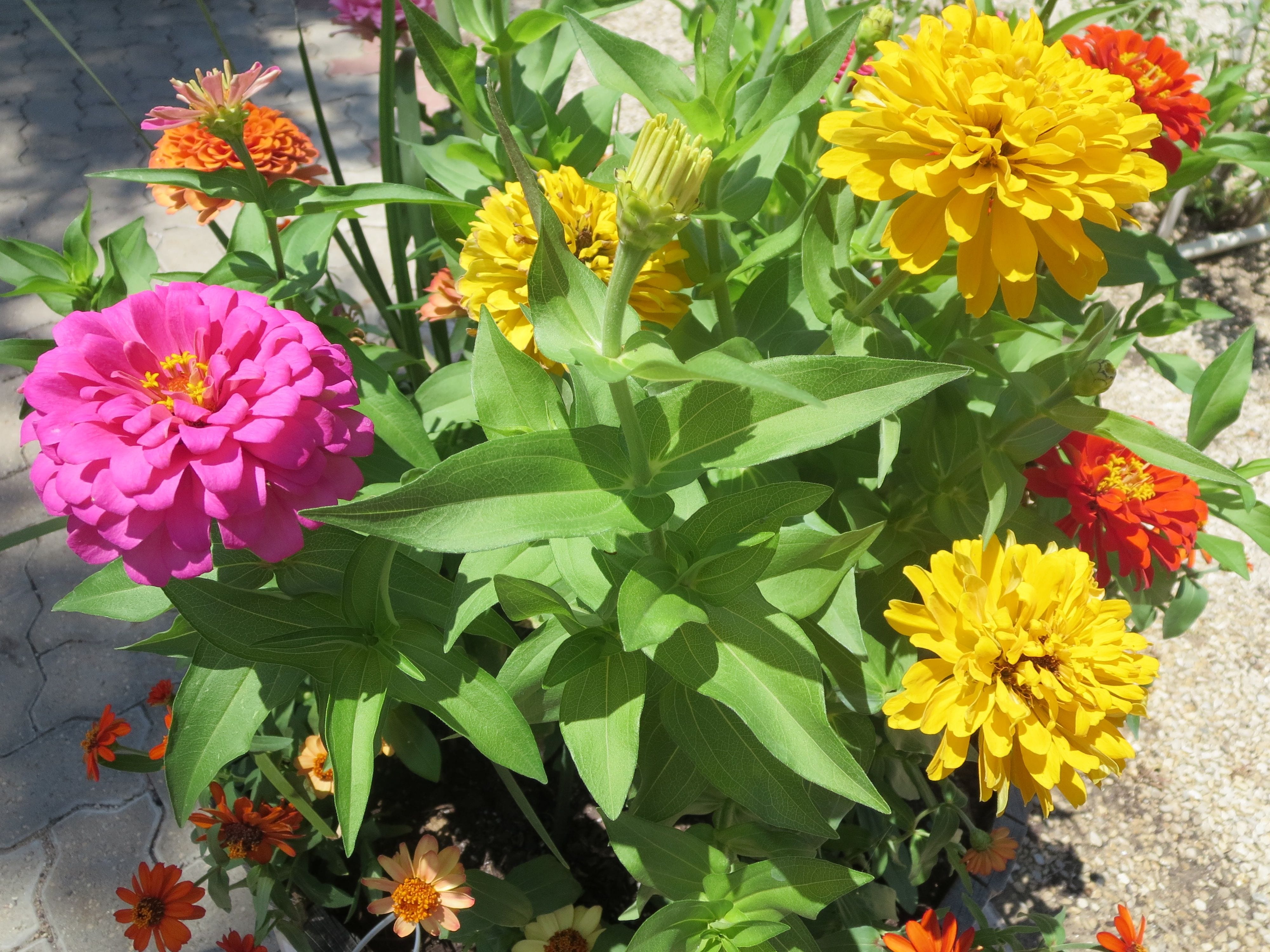
Very beautiful and amazing flowers. Loved it. Thanks for sharing!
Very helpful article and thanks for posting pictures. Helps me decide what plants will work in my landscape.
I appreciate you providing so much good information to the public!
Hi Kim,
Thank you so much for taking the time to read our articles! It really means a lot. good luck in all of your gardening endeavors and let us know how it goes and if you need any more help along the way!